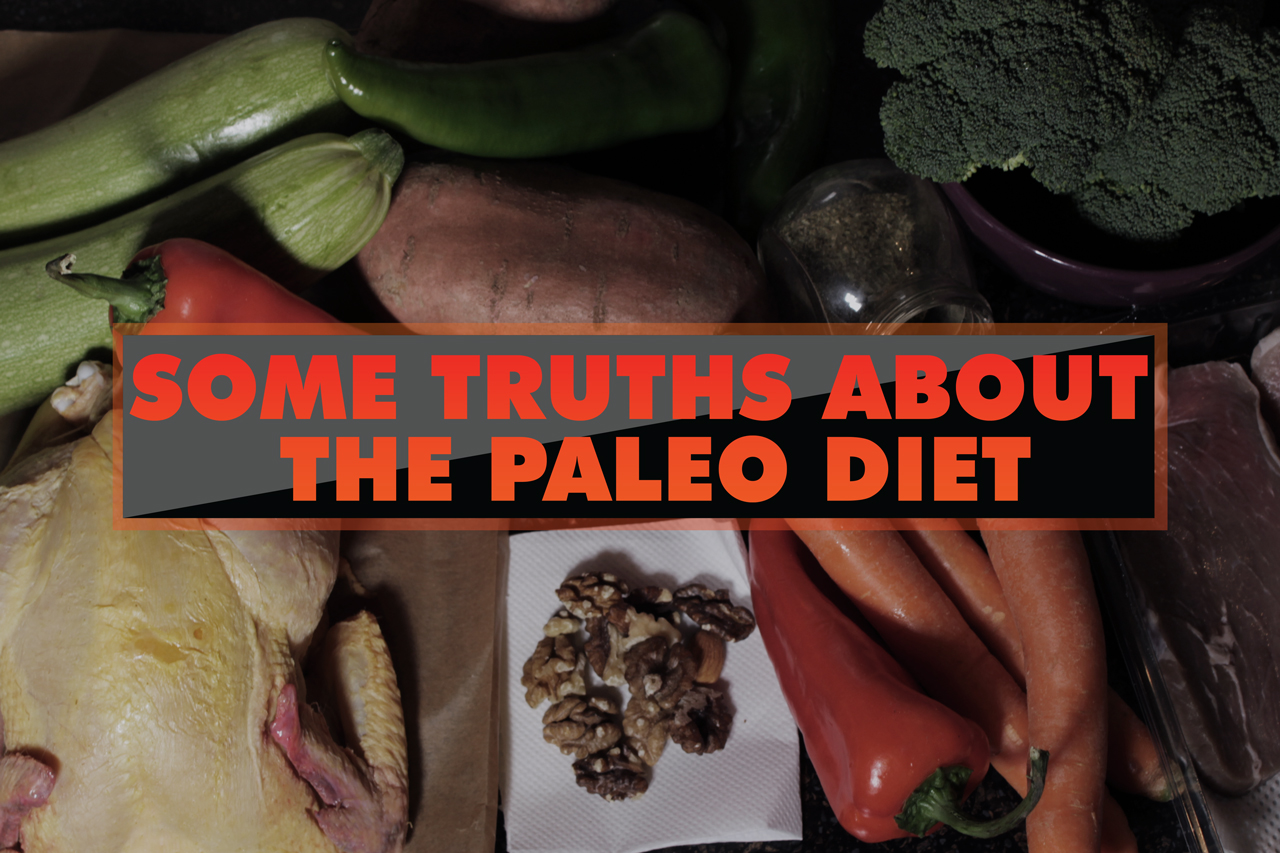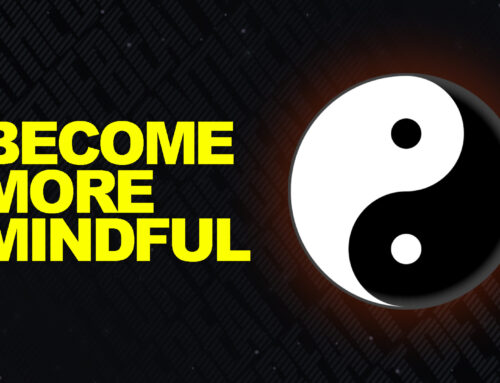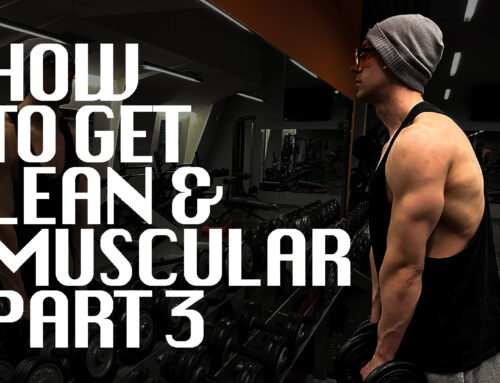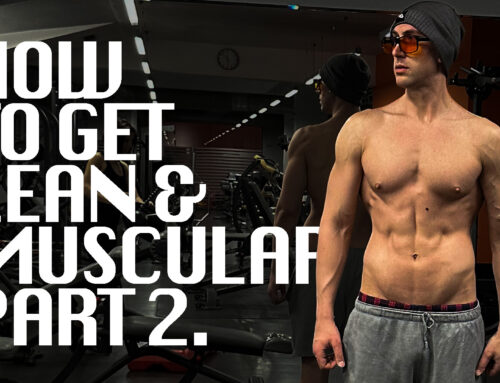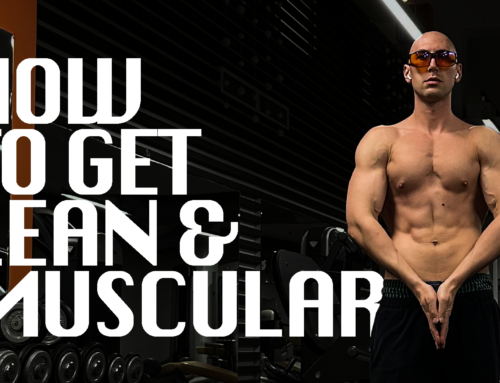Paleo also known as cavemen diet is mostly inspired by our ancestor’s way of living. Its food pyramid is based on high quality unprocessed whole food products such as:
Complete and lean proteins: grass fed red meats (bison & beef), wild caught fishes, organic free range eggs, hormone and antibiotic free turkeys or chickens, pasture raise pork and etc.
Healthy fats: non refined coconut oil, olive oil, avocados and other.
Tubers and starches: pumpkin, squash, sweet potatoes, yams, cassava and eventually some types of arsenic free white rice.
All kinds of pesticide free vegetables: Broccoli, cauliflower, kale, salads, zucchini, carrots, peppers, mushrooms.
Nuts and seeds: almonds, cashews, walnuts.
Some fruits: Berries, grapes, apples and others.
No: dairy, fast or processed foods, grains, wheats, flour nor soy.
The paleo diet emphasizes on the idea of living in the most essential for humans way.
Is the paleo it a HFLC/KETO ?
Not necessarily, but it can be.
As you are able to see the list of paleo foods includes large variety of choices. By any means they are not only protein and fat based products.
Even though being in the nutritional state ketosis is not primary goal of this lifestyle, it does not exclude it as an option.
So, if you prefer it over everything else, all you need is to pick the right food sources and do some simple modifications on your macronutrient ratios. This is kind of how I eat around 80% of the time. I prefer to stay on the meats, eggs and fishes side of the things.
There is not much scientific evidence that supports statements such as: “Cavemen have been on too low carb for extended periods of time”. Since getting closer to their way of living is the main priority, going keto specially for too long is not a goal nor necessity. In fact is the opposite.
The main focus is relying on the best quality nutritious foods while avoiding processed and toxins or chemicals containing ones. By following those recommendations and doing the proper adjustments you can virtually turn it in whatever diet you want. (hflc, moderate protein/carb and etc.)
It boils down to personal preferences and to what your body responds better. It is not one size fits all type of thing, so feel free to experiment in order to figure out what would be the perfect combinations for you.
Because everything in nature progresses in cyclical manner the paleo diet strongly encourages the practice of cycling different ratios.
After staying on HFLC for too long many people experience some side effects such as cold hands, poor sleep quality, brain fog and others. Plenty of them find the solution by making transition to this way of eating.
The other side of the coin.
Our ancestors have been hunter gatherers. Throughout the whole day they have been hunting for animals to kill and then eat. During the biggest portion of the day, they were not eating, so the intermittent fasting was invariable part of their life.
Those longer fasts have been followed by short feeding windows, most likely placed a little earlier before the time for sleep on their schedule.
As you might guess, catching and killing an animal was not the easy task and often they were not able to even eat every day. Because of that skipping days of eating has probably been a fairly common practice.
I really do not know why, but many paleo diet followers prefer to neglect this detail. No, by any means I do not encourage you to skip whole days of eating, but I believe incorporating intermittent fasting on top of this diet plan is one of the best things you can do to boost fat burning processes, mental performance and well being.
I think people who don’t use both are actually missing out. Next to the completely Ketogenic diet this is the one that allows you to effortlessly stay without food for longer periods of time. Fasting is essential to our bodies to rebuild, rest, detox and even recover.
With possible risk of disappointing someone, I would like to say:
I do not believe there are such things such as “Paleo breakfasts and/or lunches”. In my head those words contradict with each other.
Paleo bodybuilding and fitness ?
Cave men were not interested to increase their bodies muscle mass nor in the improvement of their physiques whatsoever. They were not fitness enthusiasts nor bodybuilders.
In the best selling paleo book “The perfect health diet” the authors Paul and Shou-Ching Jaminet recommend macronutrient ratio of 65/15/20 in terms of fats, protein and carbs.
Even though the book completely changed my opinion for some specific types of foods (starches), based on my personal experience going that low on protein is definitely not the right thing to do.
I also do not believe it is an optimal ratio for athletes involved in strength training in general. Specially people who breakdown muscle tissue almost every day.
Bodybuilding legends of the golden era and even before were doing keto and paleo diets almost non stop. (Meats and eggs, Green faces, Meat and Rice+ OMAD), but they were also including adequate amounts of protein as well.
The same way healthy individuals can tolerate different ratios than sick and obese ones, athletes have different requirements than average people. In order to repair and grow human bodies need the building blocks for it. As we all know those are the proteins.
It seems like underestimating the importance of their proper intake became pretty fashionable nowadays. This is why so many fitness enthusiasts do really bad on Ketogenic diet. It is not because of the diet, it is because they do it wrong.
When going on something like conventional keto (70-80% fat) they often experience side effects such as brain fog tiredness, fatigue and even loss of muscle mass.
They are unable to recover from the heavy training sessions and commonly start to feel like overtrain, because they actually are. All of those things are most likely caused by the insufficient protein intake.
The more frequently someone workouts the more effectively his or her body synthesizes proteins. Even though some people might do well on lower amounts based on my observation those are rare and even exceptional cases.
So what is the solution ?
Moderate Paleo diet: Increasing the amounts of dietary proteins while reducing some of the fat or carb intakes. Believe it or not that tiny modification immediately transforms the diet in the best choice for building muscle on one meal a day.
Doing only this single adjustment while sticking to the originally recommended extra quality whole foods will provide everything needed for growth, fat burning and staying without food for prolonged periods of time. Most likely you will also get amazed of your levels of productivity during the fasted state.
Less is more.
By following this lifestyle I am able to grow a lot more with slightly less food versus when I was following the typical bodybuilding diet. Keep in mind now I eat only once per day.
I found out the cheapest chicken breasts and meats often contain hormones, chemicals and other compounds which not only do damage on cells of our bodies, interfere with the fat burning processes, but also may cause inhibition of the protein synthesis.
I found things like protein shakes, grains and peanut butters were stripping my creativity while drowning my energy levels down.
But aren’t the paleo foods expensive? Probably not that much if you do not waste your money on aspartame packed pre-workout drinks and whey powders.
In the end of the day I am not proponent of the idea we should live like cavemen. My inspiration comes from combining the best possible quality foods with some old school bodybuilding principles, for reaching space age mental performance and futuristic gains.
I hope that makes sense.
Yours truly:
Peteonthebeat
- The Middle Pillar Meditation - March 21, 2020
- Outwitting The Devil Book Review - February 20, 2020
- Do Calories Matter? - July 2, 2019
